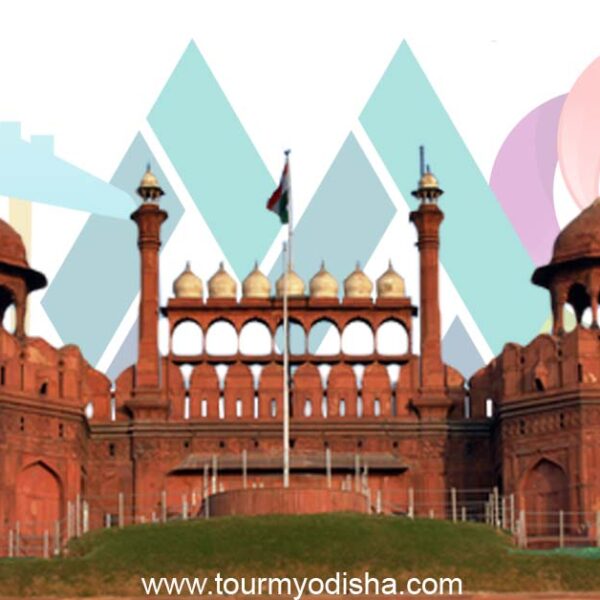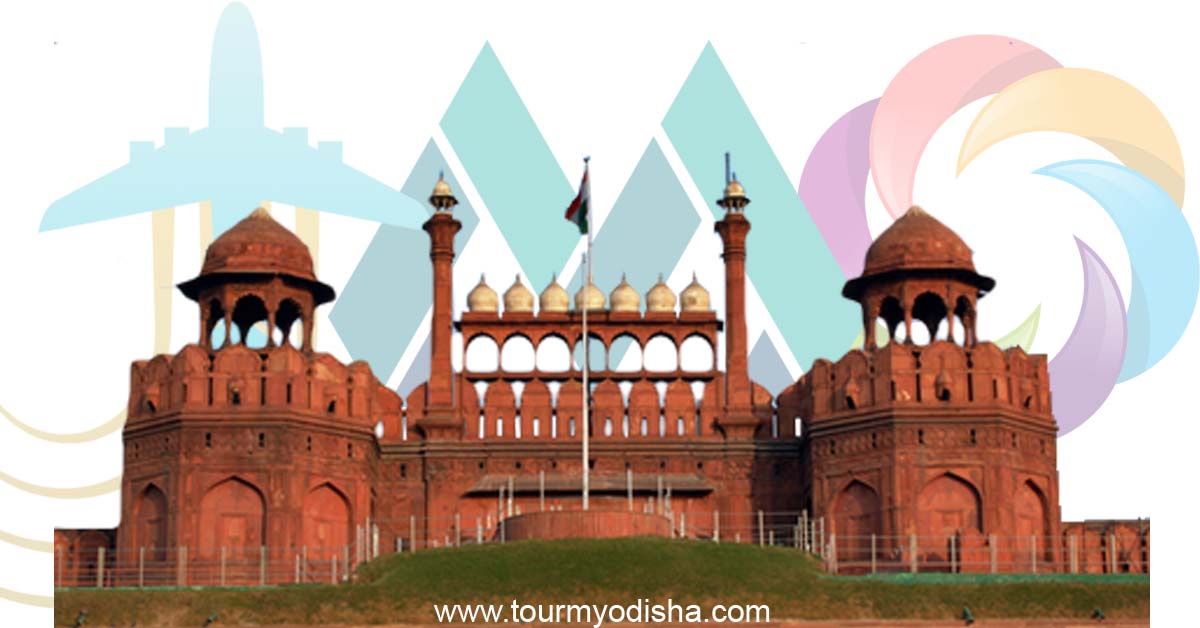Places to visit in Delhi

Places to visit in Delhi

With a set of experiences that returns numerous hundreds of years, Delhi grandstands an old culture and a quickly modernizing country. Spotted with landmarks there is a lot to find here. The seat of numerous strong realms before, its long history can be followed in its some cautiously saved landmarks, old fortifications and burial places. India
Read MoreDelhi Capital City : New Delhi

Red Fort
The red fort is Located right on the heart of the city. the Red Fort is one of the prominent red sandstone architectures that was built by the Mughals in1648.
Today it is one of the UNESCO World Heritage Sites in India & it is one of the most popular tourist olace in Delhi. The walls cover a total area of about 254.67acres.
The eminent-structures that the Red-Fort holds are the Lahore Gate-the main gate, Delhi Gate the public gate, Diwan-i-khas the Hall of Private Audiences, Nahr-i-Behisht which grounds the imperial private apartments.
Visiting Hours: 9.30 a.m. to 4.30 p.m.
Open all days. (Closed on Monday)
Lotus Temple
East of Nehru place, this sanctuary is underlying the state of a lotus bloom and is the remainder of seven Major Bahai’s sanctuaries worked all over the planet. Finished in1986 it is set among the rich green arranged nurseries.
The construction is comprised of unadulterated white marble The draftsman Furiburz Sabha picked the lotus as the image normal to Hinduism, Buddhism, Bhai TempleJainism and Islam. Followers of any confidence are allowed to visit the sanctuary and supplicate or ruminate.
Around the sprouting petals there are nine pools of water, which light up, in normal light. It looks tremendous at sunset when it is flood lit.
India Gate
India Gate, official name Delhi Memorial, initially called All-India War Memorial, amazing sandstone curve in New Delhi, devoted to the soldiers of British India who passed on in wars battled somewhere in the range of 1914 and 1919. India Gate, It is situated at the eastern finish of the Raj path and It is around 138 feet in stature.
Humayun’s Tomb
Humayun’s Tomb, Delhi is the 1st of the fabulous dynastic sepulchers that were to become equivalent words of Mughal design with the structural style arriving at it is pinnacle 80 years after the fact at the later Taj-Mahal.
Humayun’s Tomb was worked in the 1560’s, with the support of Humayun’s child, the incomparable Emperor Akbar. Persian and Indian specialists cooperated to fabricate the nursery burial place, far more stupendous than any burial place worked before in the Islamic world.
The actual catacomb remains on a high, wide terraced stage with two inlet profound vaulted cells on every one of the four sides. It is conquered by a 42.5 m high twofold arch clad with marble flanked by pillared booths (chhatris) and the vaults of the focal chhatris are decorated with coated artistic tiles. The center of each side is profoundly recessed by enormous curved vaults with a progression of more modest ones set into the veneer.
Raj Ghat
Underlying the memory of Mohandas Karamchand Gandhi, who is respected as the Father of the Nation, Raj Ghat is a marble stage where he was incinerated on January 31, 1948. Lying on the banks of the Yamuna stream, Rajghat is bordered by lavish very much manicured yards that are dabbed with trees. The human remaining parts of Gandhiji were incinerated at this ghat.
The samadhi is a genuine impression of the man himself and radiates an effortlessness that he came to be related with. A block stage where his body was singed and a dark marble stage are encircled by a marble fence. The words ‘He Ram’, which was the last thing Gandhiji said, have been recorded on the remembrance. An everlasting fire stands contiguous it.
Different trees that dab the scene have been planted by dignitaries like Queen Elizabeth II, previous US president Dwight Eisenhower, previous Australian Prime Minister Gough Whitman and so forth, and bear their names on a plaque.
Guests are needed to take off their shoes prior to giving proper respect to the pioneer. A service is held each Friday to check the day he passed on. There are two exhibition halls close by, which are committed to Gandhiji.
The commemoration was planned by Vanu G Bhuta, and this public holy place was offered with various honors for its building plan. The commemorations of different pioneers like Lal Bahadur Shashtri, Indira Gandhi , Jawaharalal Nehru, Rajiv Gandhi and Sanjay Gandhi are additionally situated inside Raj Ghat.
